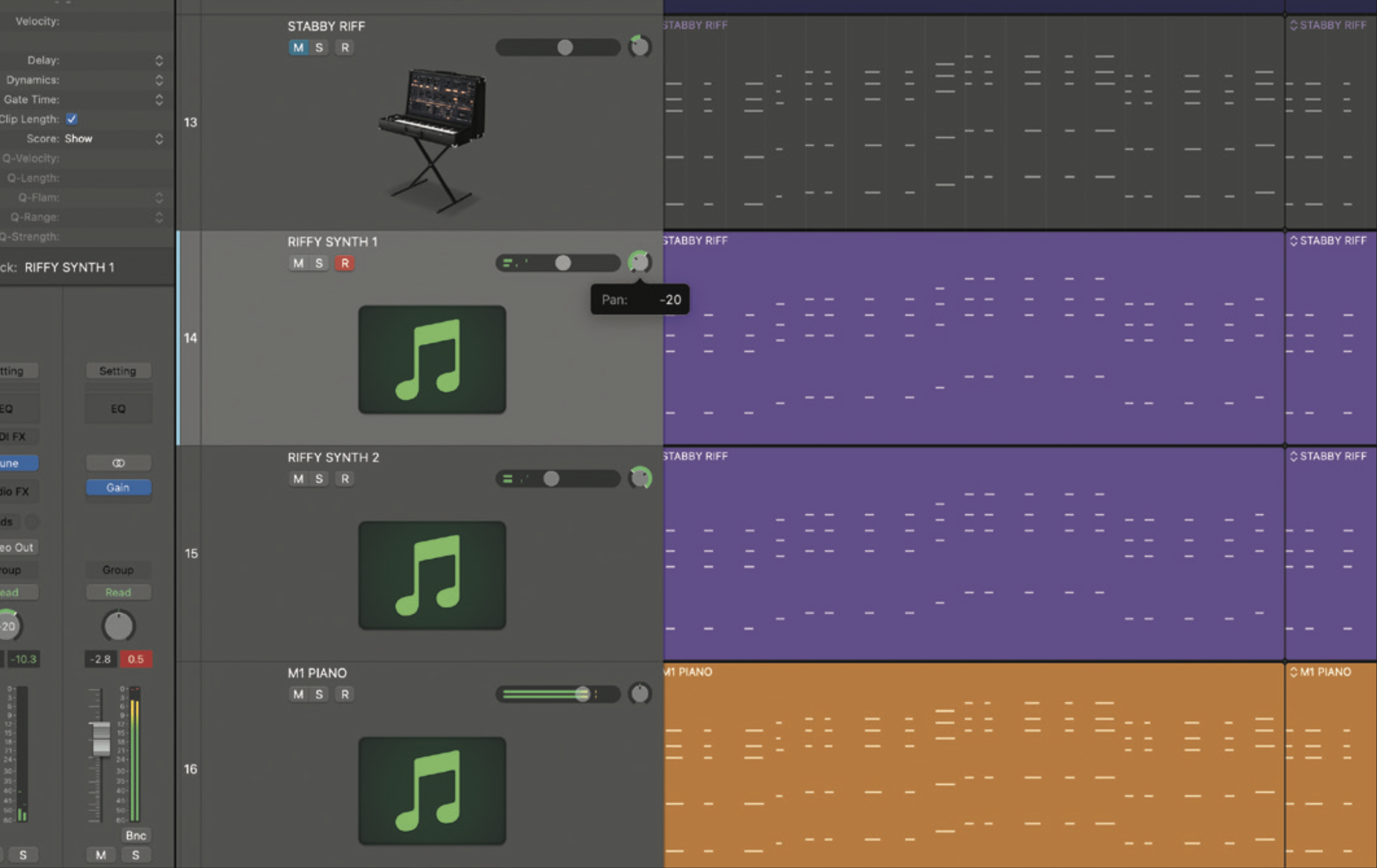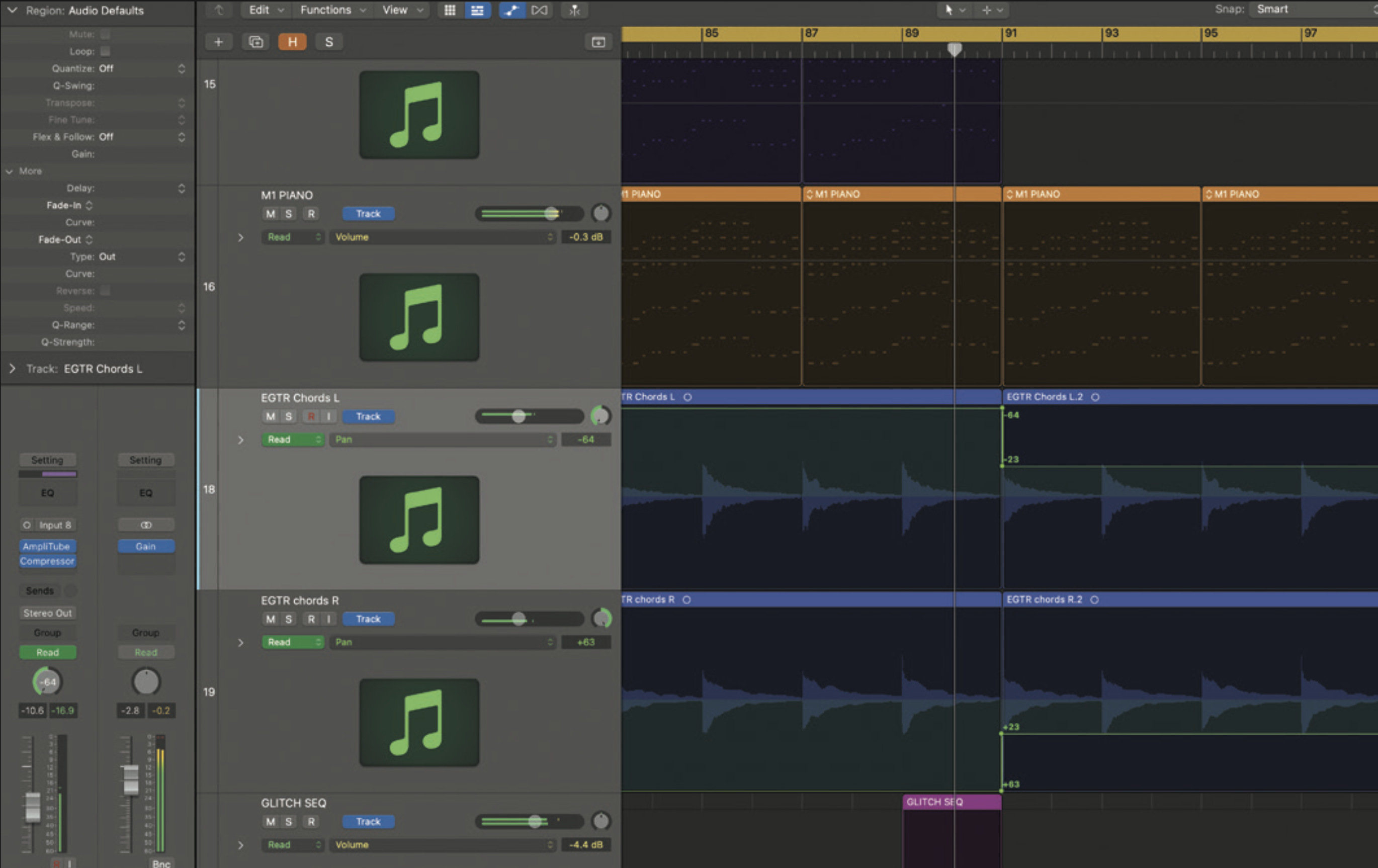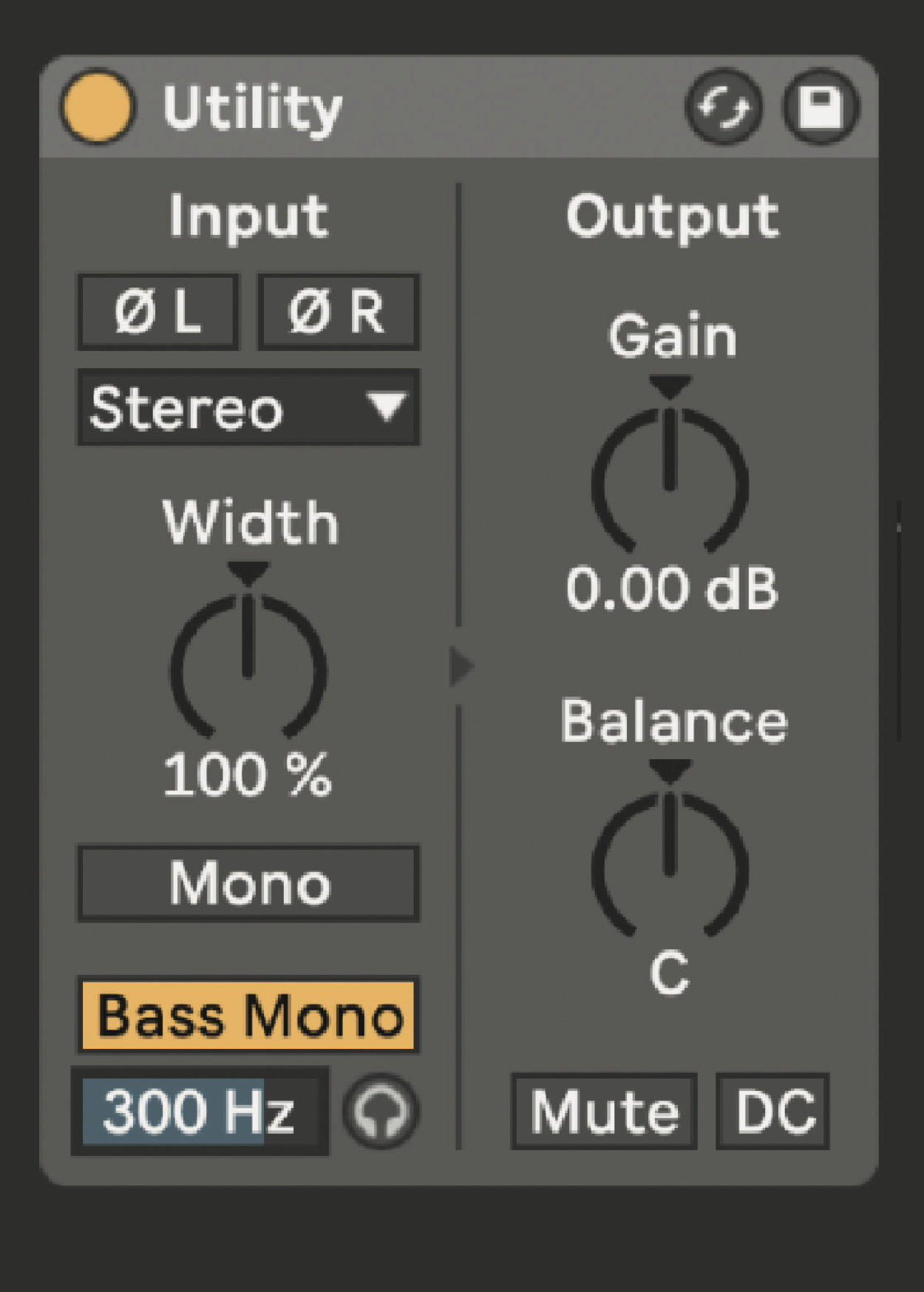Panning for gold: How to pan properly for an engaging mix
Important principles and a bunch of tried-and-tested techniques, plus recommended listening
Panning is a key component of stereo and multichannel mixes, and allows us to control width and placement to deliver a more sonically engaging mix. In this tutorial we’ll cover some of the important principles to bear in mind.
The widespread adoption of stereo in the 1960s created both opportunity and uncertainty among music producers and engineers. Initially this resulted in some very creative stereo mixes that wouldn’t be acceptable now.
Still, this creativity paved the way for the more established practices that we have today.
There are now a bunch of tried and tested panning techniques that we use. What’s more, although we’re typically trying to glue together the elements of our mix, panning can be a great way to retain separation of selected sounds.
In this tutorial, we look at how to approach panning in a mix, including panning types, panning of mono/stereo sources, how frequency content affects panning decisions and also creative uses of panning, including autopan and automated dynamic panning moves.
Finally, although panning is a key component of multichannel mixes, we're focusing on stereo here. That said, some of the concepts will certainly transfer to multichannel mixes.
Panning techniques

First up, some basics. On a mono track, the pan controls how much goes to each side (left/right). On a stereo track your pan may be a left/right balance control and at extremes this will throughput solely the left or right of the input. Or it may offer full panning of left/right inputs to each side (stereo pan). Be aware which you are using.
Want all the hottest music and gear news, reviews, deals, features and more, direct to your inbox? Sign up here.

There are some common conventions with panning. You don’t have to stick to them rigidly, but if you don’t, ensure you have a good reason not to. Most importantly, centre any main elements with lots of low frequencies such as kick or bass sounds. This helps establish a solid low end, and flags left/right frequency cancellations.

We also typically centre lead instruments, snares and in particular vocals. This is less to do with their low frequency content and more to do with the fact that if a dominant aspect of your mix is consistently off-centre, it draws your attention away from the centre, and the mix sounds consistently one-sided.

At the opposite end of the panning spectrum we have double tracks. These can work layered and centred, but can also create amazing width when hard-panned, with one fully left and one fully right. This works well for acoustic and electric guitars, but try it on any double tracked mono source, particularly to add width to the mix.

Panning single sources in the stereo field provides a chance to create your own bespoke stereo image. Use all degrees of panning to build your own stereo image. Part of the fun is not having to follow specific instrument positions, so experiment. What’s more, multiple pan positions can help avoid a congested or confusing mix.

Panning decisions for mono sources are often led by the type of instruments used and when they play. A good technique is to pan complementary elements to opposite sides; this also works well if the elements are staggered. For example, a shaker might come in on one side and then a tambourine eight bars later on the opposite side.

Once you start panning individual elements, you’ll also find that frequency content plays a part, and high frequencies in particular will draw your attention if they’re hard-panned to one side. Use this to your advantage to make a feature of a particular sound, or if it makes an element too obvious, pan it less or turn it down slightly.

Many elements we encounter in our mix are in stereo. Some of these such as drum kits, string sections and acoustic pianos are understandable. Others such as synth patches and in particular bass patches, are often created by onboard effects. Using these latter sounds ‘as is’ often delivers a messy and undefined stereo image.

Successful panning in a mix relies on contrast, so if you have multiple stereo sounds all competing for space, it’s often better to make some of them more mono using either a stereo pan or width plugin, and then pan them accordingly. Try this if you have multiple stereo synth layers that are creating a messy blend.

Meanwhile some genuine stereo components (drum kit overheads say) may not be evenly balanced and components such as kick and snare not centred. Here we can use panning to shift the whole image. This is true for our drum kit stereo overheads and we’ve made a small change using a stereo pan to get a more centred kick and snare.

So far we’ve talked about setting a fixed pan position. Automation lets us change this during the track and make it dynamic. Try using automation to shift the pan position of specific elements so they’re more centred during some sections and wider during others. A typical application would be verse (more centred) and chorus (panned wider).

Finally, for dynamic panning, we can use automation or an auto pan plugin. The latter is less precise but quick to set up, and can be synced to the track. Dynamic panning works really well for special effects, and is particularly good for transitions and builds. Try it on reverse pianos or cymbals to add panning interest to specific sections.
Pro tip: mono capability
Despite the widespread use of stereo, it’s still important that your mix sounds acceptable in mono. Panning won’t necessarily impact this. But if there is phase cancellation when left and right channels are summed, it can result in noticeable changes in level. Focus on any recorded stereo sources (eg drums or strings) or any sounds that use a lot of widening effects such as reverb or chorus. If necessary, don’t hard pan these sources. Instead bring the panning in slightly and rebalance the level in your stereo mix.

Pro tip: use your ears
A pan pot gives an instant visual idea of where a sound is positioned in the stereo field. This is useful, but can be misleading, and the more you use panning in your mix, the more you’ll learn not to rely on the pan’s visual position. Much like balancing levels, the correct position is the one that sounds right. To recap, use your eyes to make sure you’re adjusting the correct pan pot, but use your ears to decide when it’s in the desired place.
Recommended listening
1. Fred again.. & Obongjayar - adore u
The intimacy of Obongjayar’s vocal on Fred Again..’s megahit adore u is strengthened by good panning choices. This is a great example of complementary panning adding feel to a contemporary track.
2. Asain Dub Foundation - Buzzin'
Dynamic panning adds plenty of interest to this classic track.
Jon is a London based platinum award winning mixer, producer, composer and club remixer with a diverse CV that spans dance, pop, rock and music for media. He’s also a long term contributor to MusicRadar's music technology tutorials and reviews. Whether working alone or collaborating he usually handles final mixdowns, so you’ll also find MusicRadar peppered with his handy mixing tips.


